Leyland Mini Clubman (1971-79) Buyers Guide
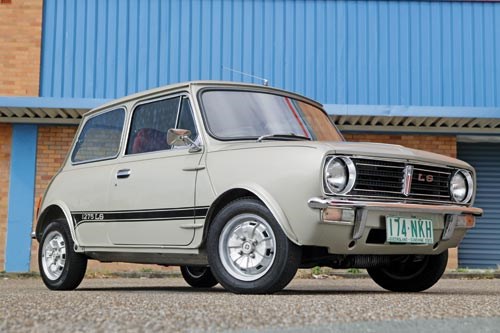 Leyland Mini Clubman
Leyland Mini Clubman

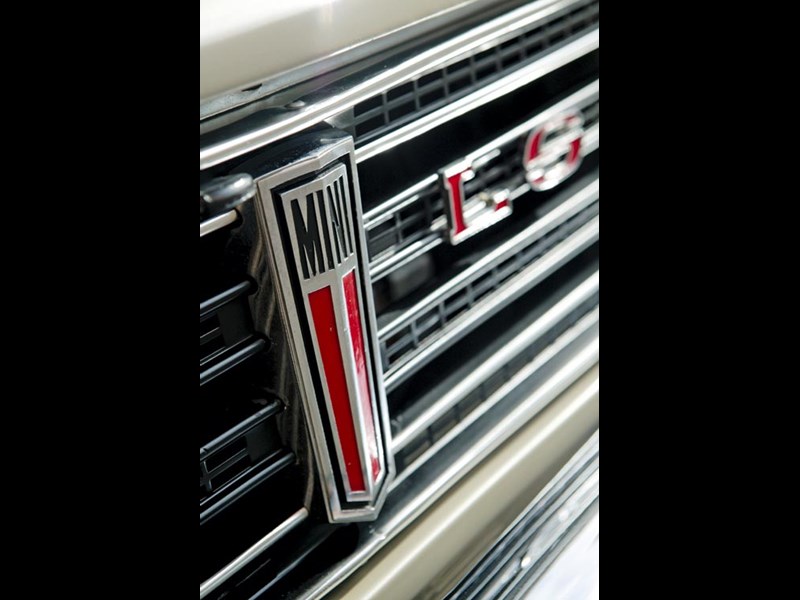 Leyland Mini Clubman
Leyland Mini Clubman

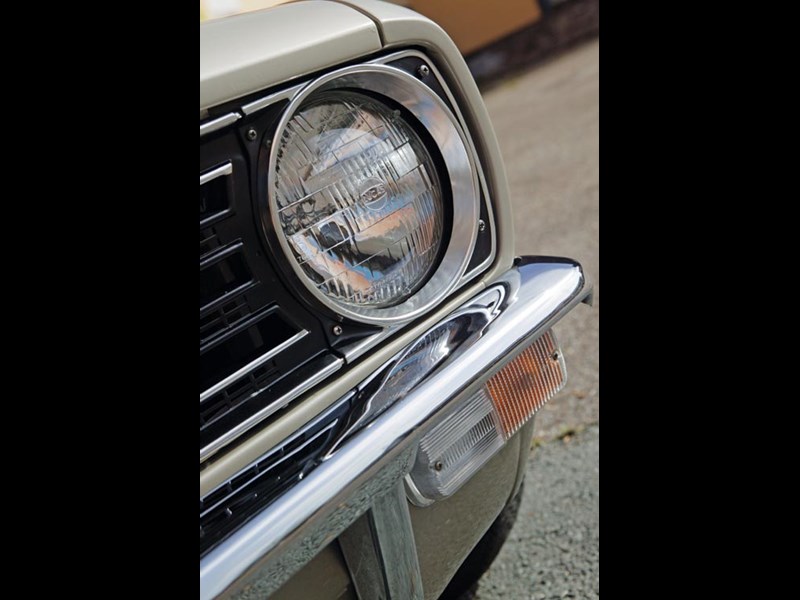 Leyland Mini Clubman
Leyland Mini Clubman

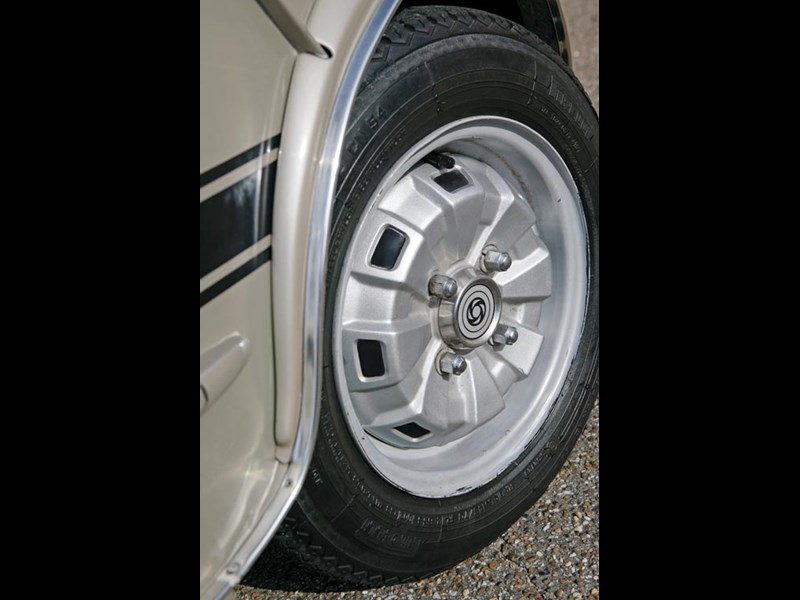 Leyland Mini Clubman
Leyland Mini Clubman

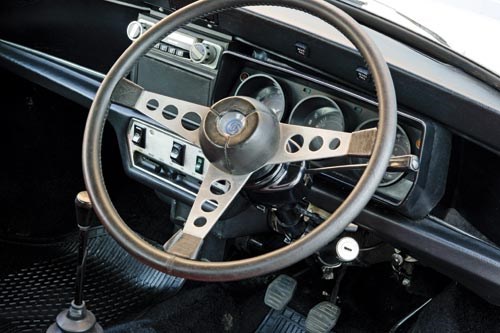 Leyland Mini Clubman
Leyland Mini Clubman

 Leyland Mini Clubman
Leyland Mini Clubman

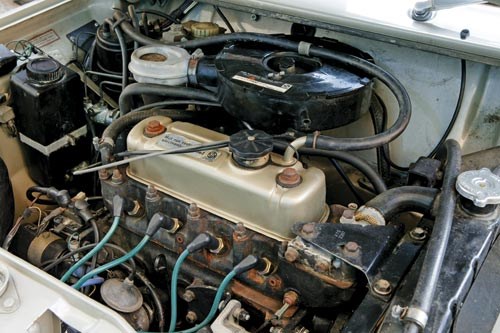 Leyland Mini Clubman
Leyland Mini Clubman

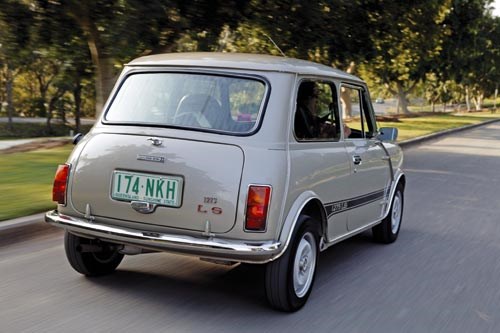 Leyland Mini Clubman
Leyland Mini Clubman

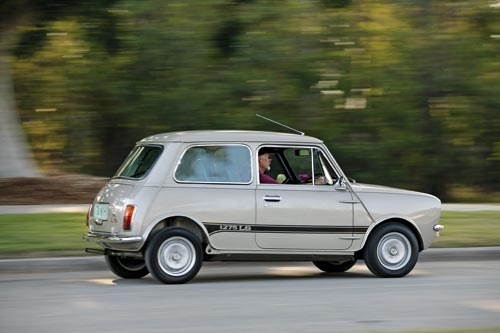 Leyland Mini Clubman
Leyland Mini Clubman

 Leyland Mini Clubman
Leyland Mini Clubman
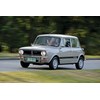
 Leyland Mini Clubman
Leyland Mini Clubman
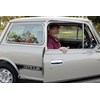

|
|
Leyland Mini Clubman
|

|
|
Leyland Mini Clubman
|

|
|
Leyland Mini Clubman
|

|
|
Leyland Mini Clubman
|

|
|
Leyland Mini Clubman
|

|
|
Leyland Mini Clubman
|

|
|
Leyland Mini Clubman
|

|
|
Leyland Mini Clubman
|

|
|
Leyland Mini Clubman
|

|
|
Leyland Mini Clubman
|

|
|
Leyland Mini Clubman
|
Join the club: Mini Clubmans saw out the last days of the iconic design, and can still be fun and cheap to drive.

|
|
Leyland Mini Clubman
|
Leyland Mini Clubman (1971-79)
During the half century since its tiny wheels began turning on roads across the world, no automotive design has been more influential than the Mini.
Every successful small car devised since the Mini's 1959 debut has aped its combination of 'two-box' styling and front-wheel drive propulsion. None have matched its iconic status or enthusiast appeal.
As age impacted on Alec Issigonis' minimalist design and the sophistication of Japanese and European rivals grew, the Mini needed to change. But its fate was in the hands of an organisation that would become the incompetent and universally loathed British Leyland.
The Mini Clubman, with its elongated nose and full-width grille, appeared in the UK during 1969 but didn't reach Australia until 18 months later. Initially marketed as a Morris, the Clubman adopted Leyland badging from mid-1972.
Its reshaped front provided some extra underbonnet workspace and improved engine cooling but blighted the original shape's aerodynamics. It also did nothing to minimize splashback onto the coil and distributor that sent stranded owners scurrying for the water-dispersant spray.
Two-speed wipers ensured the car could be driven without fear in the wet and there were windscreen washers on all but the lowest-spec model.
King of the Clubman range was the 1275cc GT. As successor to the highly-regarded Cooper S, the GT provided a more comfortable and stylish interior but was heavier than a Mark 2 Cooper and slightly slower. Rostyle steel wheels were standard, as were wheel-arch flares and twin fuel tanks that permitted 500km between refuels.
By 1973 and with Leyland struggling under the cost of its P76 project, the GT was deleted and replaced by an S version of the 1.1-litre model. Major changes included improved seat trim, uprated instrumentation and radial-ply tyres as standard. Missing, however, was any semblance of Cooper S or GT performance - top speed a raucous 127km/h with 0-100km/h acceleration taking over 20 seconds.
Ditched in conjunction with the GT was the Hydrolastic suspension system used since 1962 on a variety of BMC models. Liable to leaks and component failure, Hydrolastic's demise was mourned by very few of the enthusiastic Mini owners who welcomed a return to Issigonis' original rubber cone suspension.
Financial desperation early in 1976 brought further downgrading. With production moving from Leyland's defunct Zetland plant, the 1.1-litre engine used in earlier Clubmans was replaced by a 29kW, 1.0-litre unit and the disc brakes previously fitted to S versions were replaced by all-wheel drums.
Vans made an important contribution to Australian sales of the Clubman. Most sold to individuals and private businesses that needed an economical load carrier but they were also popular with government enterprises, including Australia Post which used them for a short-lived courier service.
With the design heading for its 20th anniversary and British Leyland committed to a new Metro model, the Clubman was ready for its swansong. After building 500 metallic blue SS cars with 1.0-litre engines during 1977, Leyland gave the model a fitting farewell in the form of its Australia-only 1275LS.
Built in gold or silver metallic colours during late 1978, the LS had 12 inch diameter wheels, an interior that was described in some quarters as sumptuous and enlarged 34 litre fuel tank.
Power output of 40kW helped cut 0-100km/h acceleration to around 15 seconds and boost top speed to 142km/h. It is generally acknowledged that just 400 LS1275s were built and surviving cars attract significant collector interest.
ON THE ROAD
Critics will tell you that the lack of cabin insulation makes travel by Mini a raucous and wearying experience. However, I don't know of anyone who has fallen asleep at the wheel of one and diminution of the racket would steal some of the car's cheeky charisma.
Same goes for a driving position which demands spayed legs and a Notre Dame-style hunch. Japanese manufacturers managed to produce snub-nosed, front-wheel drive cars with near-vertical and sensibly-sized steering wheels, but Leyland persisted almost to the end with an oversized and uncomfortably-angled plastic wheel.
After flirting briefly with a diabolical four-speed auto for its Mini-Matic, the Clubman offered nothing but a four-speed manual. The transmission, which shares its lubricant with the engine, was noisy even when in perfect condition and decidedly strident when showing some wear. Strange combinations of gear ratios and final-drive saw 1.1-litre cars run out of second gear revs at 70km/h, while the 1.0-litre model would manage 80km/h.
Overtaking performance from the larger-engined car is expectedly better; 80-110km/h in a 1.1-litre S taking 14.3 seconds while the 1.0-litre model is almost four seconds slower. Top speed of both models is around 130km/h.
If you want to enjoy relaxed cruising, an LS1275 will sit happily on the open road at less than 4000rpm.
Low gearing and relatively high engine speeds mean that Minis are less frugal than more recent designs with five gears to pick from. Consumption from 1.1-litre cars averaged 8.2L/100km, with the 1.0-litre S only slightly better.
Handling is the trait that washes away most tribulations of Mini ownership. Yes, the standard wheel is cumbersome and the turning circle a little larger than desirable, but 2.3 turns lock-to-lock mean the car can be thrown through tight bends with minimal wrist flicking. Even a full-noise U-turn can be managed with one hefty swipe of the wheel and a dab of left-foot brake.
Disc brakes are preferable and cars that are converted to 12-inch wheels will accommodate later-model discs with power assistance. The drums fitted to 1.0-litre cars are well suited to their task but still demand a decent stomp to work effectively.
HOW MUCH?
Early, round-nose Minis - headed by the Cooper S with its race, rally and speedway success - have surged in value and taken later models along for a rapid ride.
Rusty, neglected Clubman sedans are still available for less than $2000 with vans slightly more valuable. In good condition, a 1.1-litre S should cost $4000-5000 while top-quality original or restored cars have reached $10,000.
An early car that has gained additional power via cylinder head and induction modifications and is running original or retro-fit disc brakes certainly rates as viable regular transport.
The majority of LS1275 survivors have been modified to some extent and recently sold cars have achieved prices between $11,000 and $15,000. Unrestored LS and the smaller-wheeled SS rarely appear and need to be priced at less than $3000 as restoration is expensive and authentic parts hard to find.
CHECKLIST
Body & Chassis
Rust of any magnitude may not necessarily kill a Clubman. Repair panels are available to rectify rot or damage to almost any area of the body but costs can make saving a seriously rusted car untenable. Look first at the floors, especially the boot and around the battery carrier, under the rear seat and front seat mounting points. Sills, door skins and door hinge boxes are other susceptible areas. If the interior smells musty, look under the floor matting or carpet for dampness that could be coming through a rusted floor. Flush-mount door handles are prone to breakage and second-hand replacements cost $50-70. Damaged or missing bumpers can be replaced with new items but these cost close to $500 each. Good used bars are available for less than $100.
Engine & Transmission
Everything here is available and relatively inexpensive. Smoke from the exhaust, bearing rumble when the engine is under load, misfiring and overheating are symptoms of an engine getting close to its use-by date. Even a motor in good condition can be compromised by a clogged radiator, so listen for bubbling after the engine is switched off. A worn engine stay can allow the engine to move so far it crimps the fuel-feed hose and causes the engine to stutter. Clattering from the gearbox and difficult downchanges indicate a rebuild is imminent. A good-quality mineral multi-grade oil will keep the engine and gearbox well lubricated.
Suspension & Brakes
Early Hydrolastic cars can suffer leaks from the displacers and replacements are difficult to find. If a pre-1975 Clubman sits low or is down on one side or corner, hydro problems are the likely culprit. Recharging offers a short-term fix and conversion to cones is an option if the system is unserviceable. Wear to the rear sub-frame mountings will create noise and in extreme cases generate alarming instability. Unless the mountings are rusty and weakened, repairs are simple and cheap. Look for unusual wear patterns on the rear tyres. Squeaks or clunks from the front suspension point to worn ball-joints which cost less than $50 to replace. Brakes suffer a variety of ailments including glazed drums, warped or worn-out disc rotors and leaking wheel cylinders. Brake overhaul kits (excluding a replacement master cylinder) cost between $200 and $300.
Interior & Electrics
Clubmans are hardly jam-packed with electrically-assisted gimmickry so a few minutes spent checking that everything works properly will save money later. Fuel gauges are notoriously inaccurate. They can jump from near empty to full when the lights are switched on. Replacing the indicator stalk, which is easily broken, will cost around $150. Worn vinyl interiors can be replaced with second-hand seats, but LS trim is unavailable. Our featured car has sections of the cloth used in late 1970s SL/E Commodores but this is now also scarce.
I OWN ONE!
As an ex-BMC and Leyland Australia PR man, Nairn Hindhaugh knows all the horror stories of his former workplace. Nonetheless, the Brisbane based automotive book specialist has still accumulated a fine collection of vehicles built by his former employers, including this rare LS1275 Clubman.
"By 1990 when I got the car it was in a pretty sorry state, but not until 1992 when the gearbox started making noises did I contemplate restoration," says Nairn. "Initially I'd hoped to get away with the gearbox and some rust repairs but eventually I just pulled the car to pieces and sent the body, mechanicals, trim and other bits in various directions to be rebuilt or repaired."
Reconstructing the Hi Ho Silver LS became a project for the Queensland branch of the Mini Car Club, with members contributing various skills and the task continuing even as the car was displayed at the 1993 Brisbane Motor Show.
A year later, Nairn's LS returned to the Motor Show as centrepiece of the Mini Club display and since that time has received numerous trophies and awards.
"Despite being 30-years-old, the LS still makes very sensible around-town transport," he says. "Even though it's only three metres long it's got more interior space than lots of larger cars, it performs well for a car of its era and the handling is still - as BMC's advertising used to say - 'incredible'."
SPECIFICATIONS
Leyland Mini Clubman (1971-79)
NUMBER BUILT: 500,000 (approx) including 25,000 Australian cars
BODY: all-steel integrated body/chassis two-door sedan
ENGINE: 1.0, 1.1 and 1.3 litre in-line four-cylinder with overhead valves and single downdraft carburettor
POWER & TORQUE: 37kW @ 5100rpm, 81Nm @ 2500rpm (1973 model, 1.1-litre)
PERFORMANCE: 0-100km/h - 22.3secs, 0-400m - 22secs (1.1-litre)
TRANSMISSION: four-speed manual all synchromesh
SUSPENSION: independent with locating arms, rubber cone springing and telescopic shock absorbers (f); independent with trailing links, rubber cone springing and telescopic shock absorbers (r) - 1974-79 models
BRAKES: drum/drum or disc/drum unassisted
TYRES: 145SR10 radial or 520x10 crossply, 145/70SR 12 radial
PRICE RANGE: $1000-15,000
CONTACT: Mini clubs in all states - miniclub.com.au
Unique Cars magazine Value Guides
Sell your car for free right here
Get your monthly fix of news, reviews and stories on the greatest cars and minds in the automotive world.
Subscribe

.jpg)









.png)



